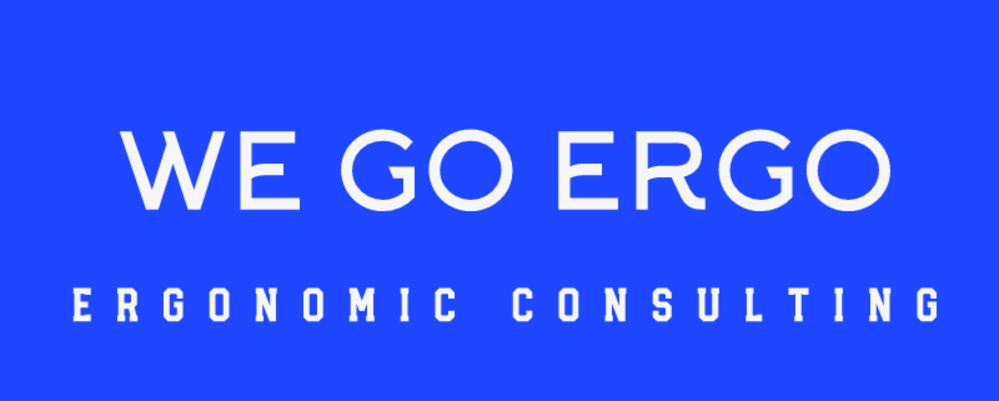Benefit of an Ergonomic Risk assessment
June 11, 2024

Unlocking Efficiency and Wellness: The Benefits of Ergonomic Risk Assessment
In the dynamic landscape of modern workplaces, the pursuit of efficiency and wellness is paramount. From enhancing productivity to safeguarding employee health, the advantages of a thorough ergonomic evaluation are numerous and far-reaching.
Promoting Physical Well-Being:
One of the primary advantages of an ergonomic risk assessment is its ability to promote physical well-being among employees. By scrutinizing workstations, equipment, and tasks, such an assessment identifies potential ergonomic hazards that could lead to musculoskeletal disorders (MSDs) such as repetitive strain injuries, back pain, and carpal tunnel syndrome. Addressing these risks proactively helps in creating a safer work environment, reducing the incidence of workplace injuries, and mitigating long-term health issues for employees.
Boosting Productivity:
A workspace designed with ergonomics in mind is conducive to productivity. Ergonomic risk assessments identify inefficiencies in work processes and suggest improvements that streamline operations. Adjusting workstation layouts, optimizing equipment placement, and implementing ergonomic tools not only enhance employee comfort but also contribute to smoother workflow and increased output. By reducing discomfort and fatigue, employees can maintain focus and perform tasks with greater efficiency, resulting in enhanced productivity levels.
Enhancing Employee Satisfaction:
Employee satisfaction is intricately linked to workplace ergonomics. A comfortable and supportive work environment fosters positive morale and engagement among employees. Through ergonomic risk assessments, organizations demonstrate a commitment to employee well-being, which can significantly boost job satisfaction and retention rates. Employees feel valued when their health and comfort are prioritized, leading to higher levels of motivation, loyalty, and overall satisfaction with their jobs.
Minimizing Absenteeism and Injury Costs:
Work-related injuries and illnesses not only impact employee health but also impose significant costs on organizations. By conducting ergonomic risk assessments and implementing appropriate interventions, employers can minimize the risk of workplace injuries and reduce absenteeism rates. Proactively addressing ergonomic hazards not only prevents costly compensation claims and medical expenses but also preserves productivity by ensuring that employees remain healthy and present in the workplace.
Compliance with Regulations:
In many jurisdictions, employers are legally obligated to ensure that workplaces meet certain ergonomic standards to protect the health and safety of employees. Conducting ergonomic risk assessments helps organizations comply with regulatory requirements and avoid potential fines or legal liabilities. By staying proactive and regularly assessing ergonomic risks, employers demonstrate their commitment to upholding workplace health and safety standards, fostering a culture of compliance and responsibility.
Driving Sustainable Business Performance:
Investing in ergonomic risk assessment is not just a matter of compliance; it is a strategic decision that can drive sustainable business performance. By optimizing work environments and minimizing the risk of injuries, organizations create a foundation for long-term success. Healthy, engaged employees are more productive, innovative, and resilient, contributing to the overall competitiveness and profitability of the business. Additionally, by reducing turnover rates and absenteeism, ergonomic interventions help organizations save on recruitment and training costs while maintaining continuity in operations.
Conclusion:
In today’s fast-paced and competitive business landscape, prioritizing employee well-being and productivity is essential for success. Ergonomic risk assessment emerges as a valuable tool in achieving this balance. By proactively identifying and addressing ergonomic hazards, organizations can enhance employee health, boost productivity, improve job satisfaction, and drive sustainable business performance. Embracing ergonomic principles not only benefits employees but also contributes to the overall success and resilience of the organization in the long run.
